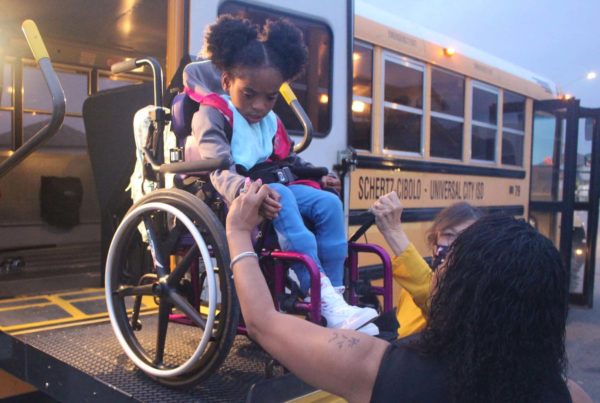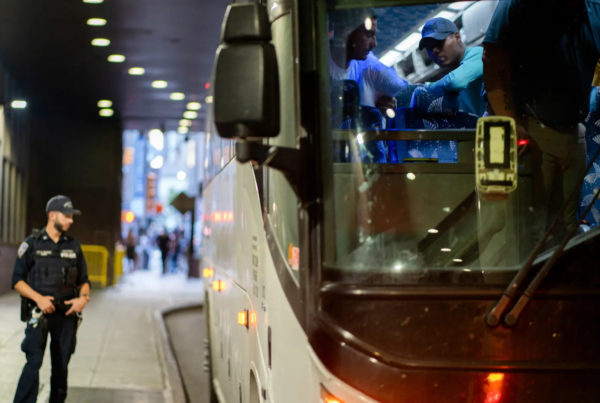From The Texas Newsroom:
Texans continued a trend of showing a lukewarm interest in elections as fewer than 50% of voters turned out during Tuesday’s midterm elections.
Statewide turnout was just over 45% as about 8,032,438 people cast ballots in person or by mail. That’s out of 17,672,143 registered voters, according to data from the Texas Secretary of State’s office on Thursday afternoon.
In the state’s largest counties, turnout was well below 50% for Tuesday’s election and dropped compared to 2018 midterm turnout.
In Harris County, about 1,100,970 voters cast ballots for a turnout of nearly 43%. That’s a dip from the previous midterm election in 2018, when about 1,219,210 people voted for a turnout rate of 52%. But the drop in participation is even larger when you consider that Harris County added more than 211,000 voters to the rolls between those elections.
About 625,895 Dallas County voters cast ballots this election, for a turnout rate of 44%. Dallas County saw about 729,750 people vote in 2018’s midterm election — a turnout of 57%. In the four years in between, Dallas County added more than 135,470 voters.
In Tarrant County, participation was nearly 47%, with just shy of 592,000 voters casting ballots. Compare that to 2018’s midterm election, when about 631,840 people voted for a turnout of 57%. In the four years in between, Tarrant County added about 159,100 voters.
Brandon Rottinghaus, a professor in the Department of Policial Science at the University of Houston said he wasn’t surprised at this year’s turnout given that midterm elections aren’t as much of a draw as presidential elections.
“Usually, it’s hard to get Texans to vote in midterm elections. We saw a sizable increase in 2018 and then a big bump in 2020, but it’s starting to look like the 2018 and 2020 numbers were basically an aberration,” he told KERA. “[Texans are] not as attentive to statewide issues. They definitely won’t believe that their vote matters. So, it’s harder to get them to come to vote.”
The sluggish returns came despite high-profile races on the ballot, including the races for Texas governor, lieutenant governor and attorney general. The results were as easy to predict as the turnout: Texas Republicans swept the top-ballot races, as well as statewide offices for comptroller and land commissioner, while also keeping their comfortable majorities in the Texas House and Texas Senate.
» TEXAS ELECTION 2022: See election results for statewide and congressional races
Rottinghaus said that was due, in part, to Democrats again being unable to motivate their base in areas where they have the most voters.
“They didn’t get the kind of numbers they needed in big urban counties, and they weren’t able to make enough inroads in some of the rural areas to be able to offset” Republicans, he said.
Even in El Paso County, home to Democratic gubernatorial candidate Beto O’Rourke, turnout wasn’t as high as it was four years ago. About 166,600 ballots were cast there for a turnout of about 33%. That’s a significant dip from 2018 when about 206,000 of 450,000 registered voters turned out, for a 46% turnout. (O’Rourke was also on the ballot in 2018, when he lost a U.S. Senate race to incumbent Republican Ted Cruz.) Since 2018, El Paso added 56,500 registered voters.
In Bexar County, about 541,350 voters cast ballots for a turnout of nearly 44%. That’s a drop from 2018, when about 551,000 people voted for a turnout of 51%. In the four years in between, voter registration grew by more than 157,000.
Travis County showed an impressive 63% turnout in 2018 when about 486,550 of 774,300 voters cast a ballot, only about 461,000 voters turned out this year. That’s despite Travis County adding more than 112,000 voters in that four-year span.
Brian W. Smith, who teaches political science and is the associate dean of the School of Behavioral and Social Sciences at St. Edward’s University in Austin, said this year’s election wasn’t as much of a referendum on the Biden presidency the way 2018 was on former President Donald Trump.
“Sure, [Biden] was one of the things that helped shape people’s votes. But he wasn’t the determining factor. There were so many other issues people could vote upon, so it wasn’t an election where people were surging out to voice their displeasure or support for the incumbent president,” he told KUT.
Rottinghaus said the more voters stay home, no matter which party they belong to, the more their voices won’t be heard.
“The turnout in this election was abysmal. It was way too low. And so, voters need to understand that if they don’t participate in the process, then their ability to control what happens in Austin is limited,” he said. “That has to change, not just among any one age group or any one demographic, but across the board. Those numbers have got to be much bigger for Texas to be able to have more significant say in what its state government does.”

















